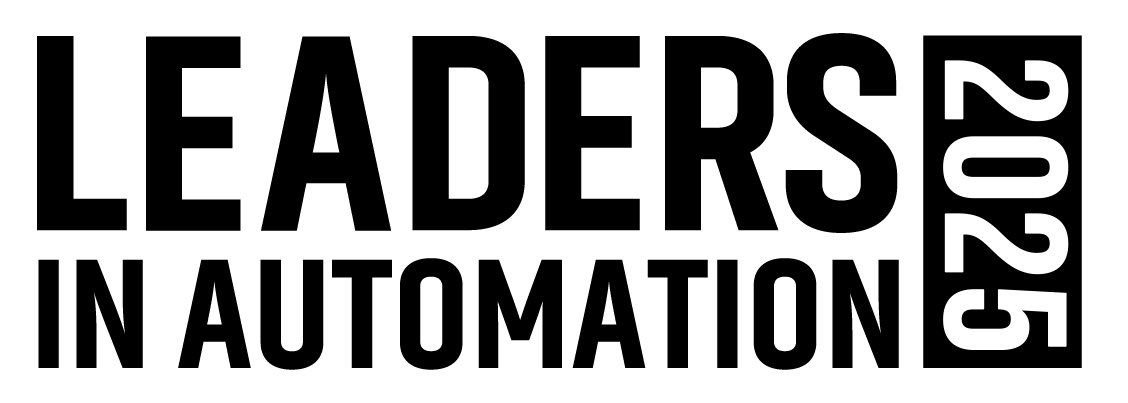Imagine getting an email, text or Facebook message notifying you that you have been tagged in a Facebook post by the packaging line that will be holding an event next Saturday called “Control electric axes for excessive waste.” The message also notes that the compressor room identifying “preventive lubrication” and the oven identifying “thermoregulation check” will join the packaging line event. At the end of the message is a question asking: Will you participate?
Science fiction? Or the type of message you should expect to get in the months ahead?
This type of interconnectedness between machines, systems, and people is what the Internet of Things (IoT) is all about. And along with Big Data and the Cloud, IoT is among the so-called megatrends that are on everyone's lips. As often happens in these cases, people love to talk about such trends because they are synonymous with competence. Unfortunately, many of the “things” discussed are inappropriately categorized as “Internet of Things.” I've heard several conference speakers discussing such things as fieldbus sensors with a communication port and equipment supporting a serial communication protocol as being part of the Internet of Things. But that's like saying an enterprise storage server is a cloud solution.
Let's start with the basic technology that is at the core of the Internet of Things, namely the Internet. The Internet has features that set it apart from all other forms of communication. By definition, the Internet is a set of interconnected communications networks—without central governance—that connects computers and devices distributed in the world. It is the Internet’s vastness of interconnections and lack of governance that differentiates it from any other individual network. So when we talk about Internet of Things, especially in an area such as manufacturing that needs to be more conservative and controlled, we have to keep in mind how different IoT and the Internet are unless we want to lose the real innovation potential behind IoT.
The Internet of Things can introduce a deep revolution in the organization and management of a manufacturing environment. Devices, perhaps very different from each other, linked together in different networks and fields, are able to communicate and transfer information among themselves and interact with their users. All this can give rise to highly innovative behavior that, a short time ago, was hardly imaginable. This is amplified even more if you consider the social component of IoT. Think of a network of devices that can interact not only with each other, but also on the social network of an operator, engineer, or manager.
This is already happening with some consumer devices, e.g., lamps capable of communicating with each other and reacting to social network signals, such as changing color or lighting levels in response to a tweet with a specific hashtag. Such capabilities can easily be extended to industrial devices.
The more operators are involved in social networks, the more natural (or even necessary) it will be that the devices or systems are able to communicate with them on the same network. It is not difficult to design a system that creates a message on any network that would require operator intervention when a process signal reaches a specific value or upon the occurrence of a specific condition. This message could also be received at the same time by different devices, operating on different networks, which will help to draw the attention of the operator through, say, a change in lighting, a report on a machine's HMI screen, a message sent to a wristwatch, or to Google Glass.
What I want to stress here is that the Internet of Things can be a revolution in industrial environments, but should not be confused with the normal network of things, that is now abundantly known; evolvable and improvable technically, but not revolutionary.
Luigi De Bernardini is chief executive officer of Autoware, a Control System Integrators Association member based in Vicenza, Italy.
About the Author
Luigi De Bernardini
CEO, Autoware

Leaders relevant to this article:
